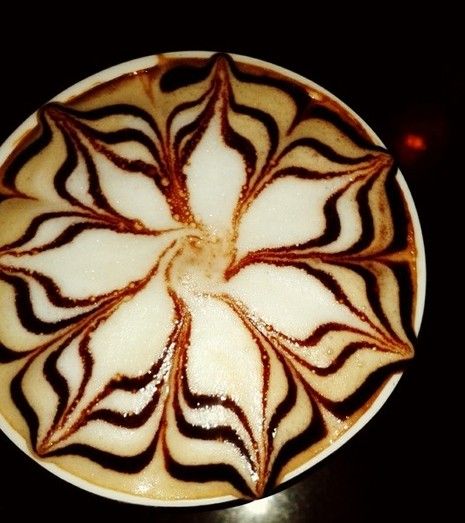Cat Moose Coffee is produced in Indonesia and is one of the most expensive coffees in the world. Cat's Coffee is just an alias. Its official name is Kopi Luwak, Kopi is Indonesian for "coffee," and Luwak is a wild animal called civet. The intensity of the coffee brewed by the cat's coffee is comparable to that of the syrup. The fragrance is “exclusive†and there is a hint of mint in the mouth. Cat quail coffee production is very small, it is therefore particularly expensive, and it is rare in the sale of land.
The cat's coffee is produced from the excrement of Indonesian coconut cat (a kind of civet cat) as a raw material, so it is called "cat's milk coffee". This kind of animal feeds mainly on coffee beans. After fermentation in coconut cat's stomach, it destroys proteins and produces short peptides and more free amino acids. The bitter and astringent taste of coffee is reduced, and the excrement that is excreted is the main raw material. Coffee beans cannot be digested and will be excreted. After being washed and baked, they become coffee for cats.
Coffee critic Chris Rubin said, “The scent is so rich and intense, and the coffee is incredibly rich, almost like a syrup. Its thickness and the taste of chocolate, and long on the tongue Oh, pure aftertaste."
Because of the scarcity of quail coffee, cat pheasant coffee is very expensive, and its sales are rare. Even in Indonesia, which is the origin country, it is one of the most expensive coffees in the world. The cat's coffee sold on the market is mostly artificial, and its flavor is different from the most primitive and natural wild cat coffee.

Origin
On some Indonesian islands, such as Java, Sumatra, Bali, and Sulawesi, Kopi coffee is a traditional specialty there.
output
Indonesian coconut cats like to pick the most mature sweet and plump coffee fruits in the coffee tree as food. The coffee fruit passes through its digestive system and is only digested with the flesh of the fruit. The hard coffee bean is excreted by Indonesian coconut cats. After this process of digestion, the coffee beans have changed, the flavor is unique, and the taste is particularly mellow.
According to the study, the Indonesian coconut cat's digestive system destroyed protein in coffee beans, which reduced the bitter taste of coffee and increased its roundness.
The "cat feces coffee" is the world's lowest-yield coffee. Because the production of these coffee beans is a rare and unpredictable wild animal, it is difficult to control and mass production. Therefore, the quantity of civet coffee is extremely rare, and the annual global production Not more than 400 kg. At the 2012 World Expo, the Indonesian pavilion showed cats coffee, and a cup of coffee with a price of 4 oz can be sold for 168 US dollars (about 1400 yuan).
The local coffee growers, in order to chase high profits, took wild civet cats home to feed them so that they could produce more cats and coffee. However, the cat's coffee produced by the civet breeder will have a correspondingly inferior color and taste. Even so, the output of this coffee is still very scarce.
Evaluation
Experts who tasted this coffee are said to have two extremes for their taste:
A description of the coffee is "the best of the world," and the taste is extraordinary. It is difficult to describe it in words: "Some bandit, slightly smelly and visceral, stay in the mouth for a long time until the last drop."
The other assessment is entirely the opposite: "It's hard to swallow. It's a complete gimmick. It's not worth spending money to buy stinky coffee."